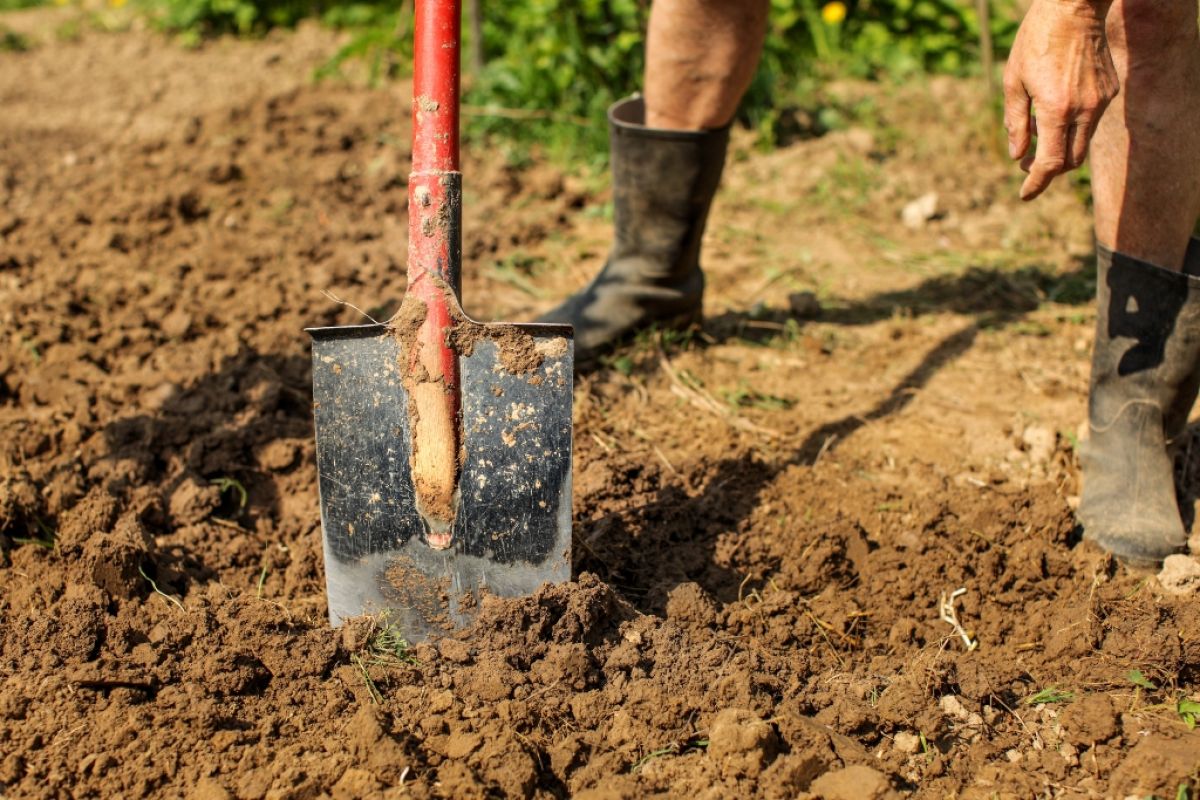Those of us with clay soil often complain about it a lot. It is heavy and hard to dig compared to sandy soil, but it is also more moisture and nutrient retentive. We don't need to water or fertilize as much once clay soil is well saturated.
Sometimes after a heavy rain, however, water may stand in an area with clay soil. Therefore, plants that need excellent drainage may be better suited to a sloping area when the soil is clay, so that the excess water runs off.
However, there are perennials that really like clay soil. Some that thrive are asters, Black-eyed Susans, daylilies, iris, and coreopsis. Hellebores, goldenrod, and hosta also like clay, as do most ferns.
Bulbs to plant in clay include daffodils, grape hyacinth, crocus, and camassia.
Many of our favorite shrubs also thrive in clay including forsythia, hydrangea, lilac, spirea, viburnum, and weigela.
Evergreen yews enjoy clay also, but the deer adore them.
If you are looking for trees to plant in clay, remember river birch, willow, crabapple, and serviceberry.
When you are planting annuals in clay remember to dig the soil well, aerate it, and fertilize regularly during the summer. Since annuals bloom continuously from spring through fall, they need sufficient nutrients to remain in flower. Annuals that love clay are marigolds and gomphrena.
This is Moya Andrews, and today we focused on the benefits of clay.










